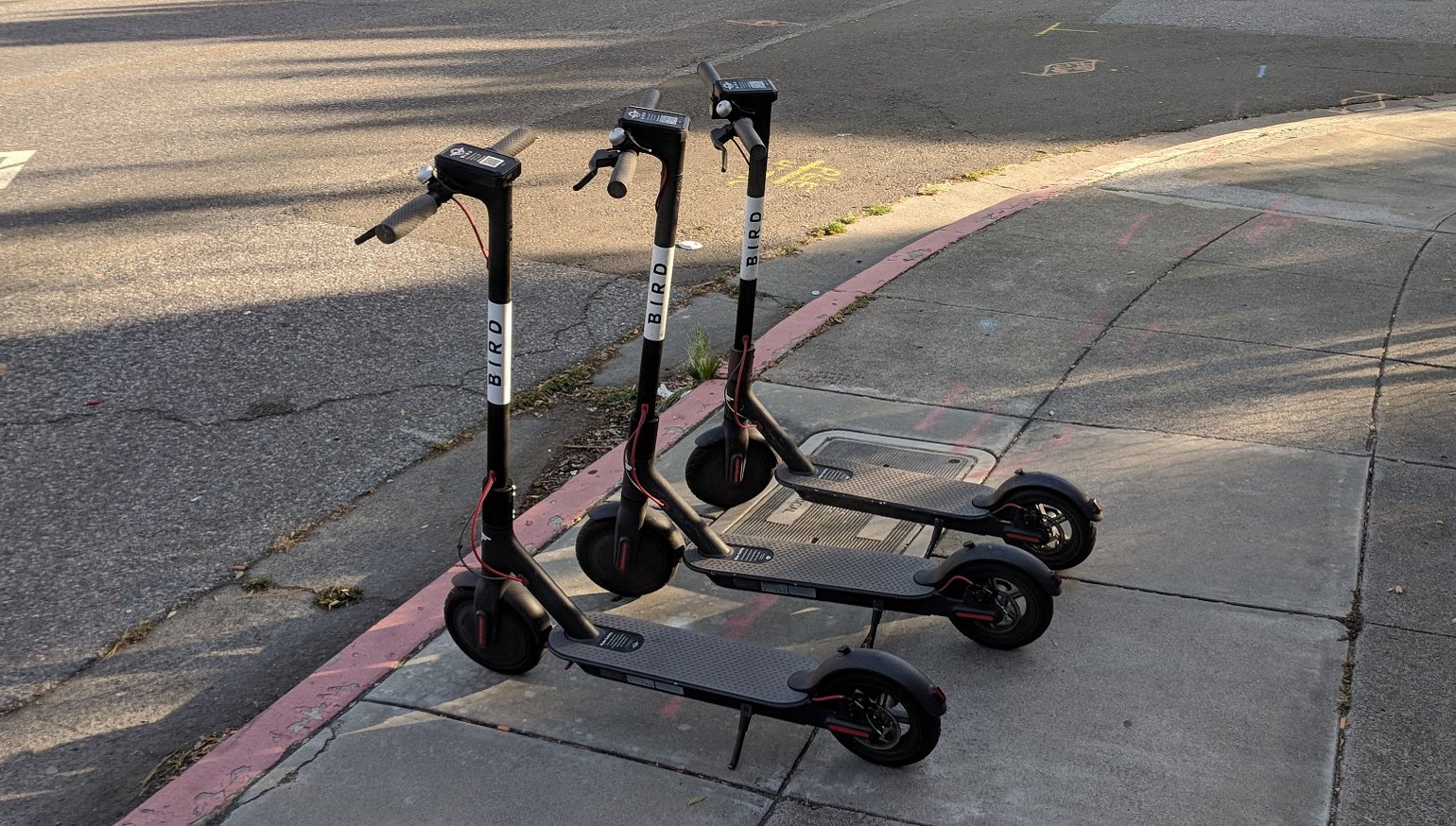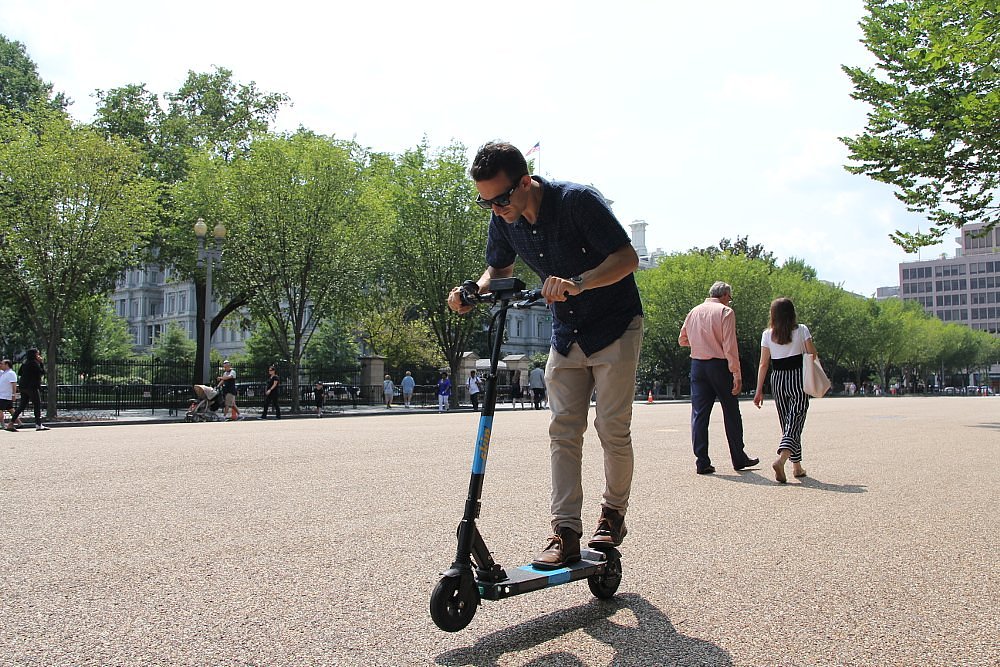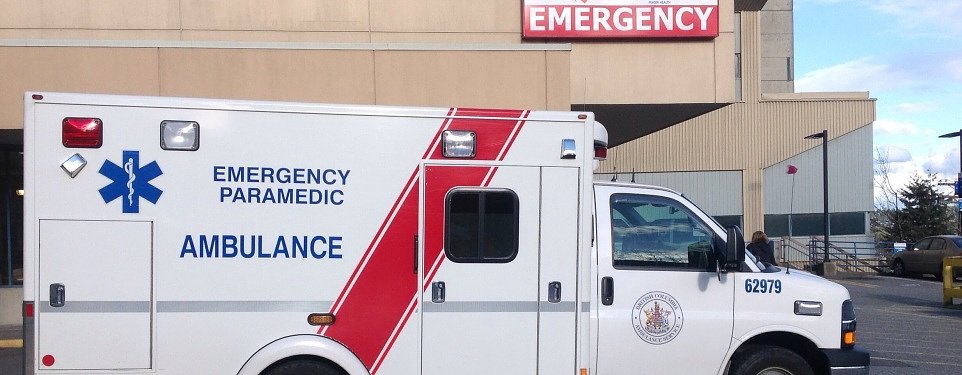Bird, Lime, and Skip used to respectively describe a flying creature, a fruit, and something you did with abandon until you were an adolescent (and then only your parents did that to embarrass you while near any of your friends or potential love interests). Now, they describe personal transportation options that seem to be multiplying like proverbial bunny rabbits.
Andy Greaser documented the phenomenon and tested the electric, stand-up scooters last fall. Since then, in addition to complaints about the scooters cluttering urban sidewalks, a story line has emerged about injuries. So are they dangerous?
The problem is the scooters are appropriate (in my opinion) neither for traffic lanes nor the sidewalk, based on their speed. One side complains “it nearly ran me over” and the other gripes that “they just won’t get out of my way.” Both sides describe injury and anger. If there are serious injuries, not just those to one’s pride, clothing or time, there should be some real data that is discoverable from the Emergency Department. Yes, there is a study about that.
That study was published recently in the open access version of the prestigious Journal of the American Medical Association. Between September 2017 and August 2018, two urban Southern California Emergency Departments evaluated 249 patients with scooter-related injuries. Interestingly, only just slightly more than half were male (58.2 percent). The overwhelming majority were injured as riders (91.6 percent) with 8.4 percent sustaining their injuries as pedestrians. Seems like both sides have issues.
Gear? What gear?
Stand-up scooter riders dress for the crash even less than motorcyclists. Ten riders (4.4 percent) were wearing a helmet of some sort (a bicycle helmet might have qualified to get this boxed checked as “yes”). Compare that to motorcyclists — even in states where not all riders are required to wear helmets, the National Highway Traffic Safety Administration estimates that more than 40 percent of motorcyclists still wear one.
Alcohol use had about the same frequency as helmet use among the e-scooter riders; color me not surprised.
What kinds of injuries did these patients sustain? Fractures in nearly a third and — wait for it — just over 40 percent had a head injury. (Where was that helmet?) The rest had bumps, bruises, and cuts. Joint relocation and fracture reduction required procedural sedation for patients with those injuries. Most (94 percent) were discharged home from the ED as walking wounded.
Of the 15 who were admitted to the hospital, two required intensive care (both with brain injury) and three had major intra-abdominal (spleen fracture) or intra-thoracic injuries (blood or gas in the chest; direct lung bruising). Of note, all five who had a helmet had no intracranial (brain) injury, while all of the five with an intracranial injury did not use a helmet. Clearly, scooter-related injuries are not uniformly superficial.
Going beyond the ED
Then the authors did something unique. They went into the community and took a look at scooter use over the course of three sessions at select intersections. They documented data on 193 scooter riders. What they found is sad, but not surprising. No helmet (182), tandem riding (15), obvious traffic law disregard (18). Moreover, 51 were riding on the sidewalk, where scooter travel is prohibited in that region. Choices, choices, choices.
They did not follow-up on any of the riders or pedestrians who were injured to see if the initial care in the ED required other outpatient or subsequent inpatient care. I would be interested to know if the patients used a helmet when riding a road or off-road bicycle. Do they never use a helmet on a two-wheeler, just not on a stand-up scooter, or just not that day? Of course, I would also like to know if they ride a motorcycle and assess their gear use during those times.
I suspect that the lack of gear use is anchored in the ill-founded belief that there is little to no risk on a scooter since it goes less quickly than a motorcycle, or even a bicycle ridden by a competitive cyclist. And perhaps it is rooted in the desire to not impact one's hairstyle (it is Southern California) or one's mode of dress.
What do you think? Do you wear gear when riding a stand-up scooter?










